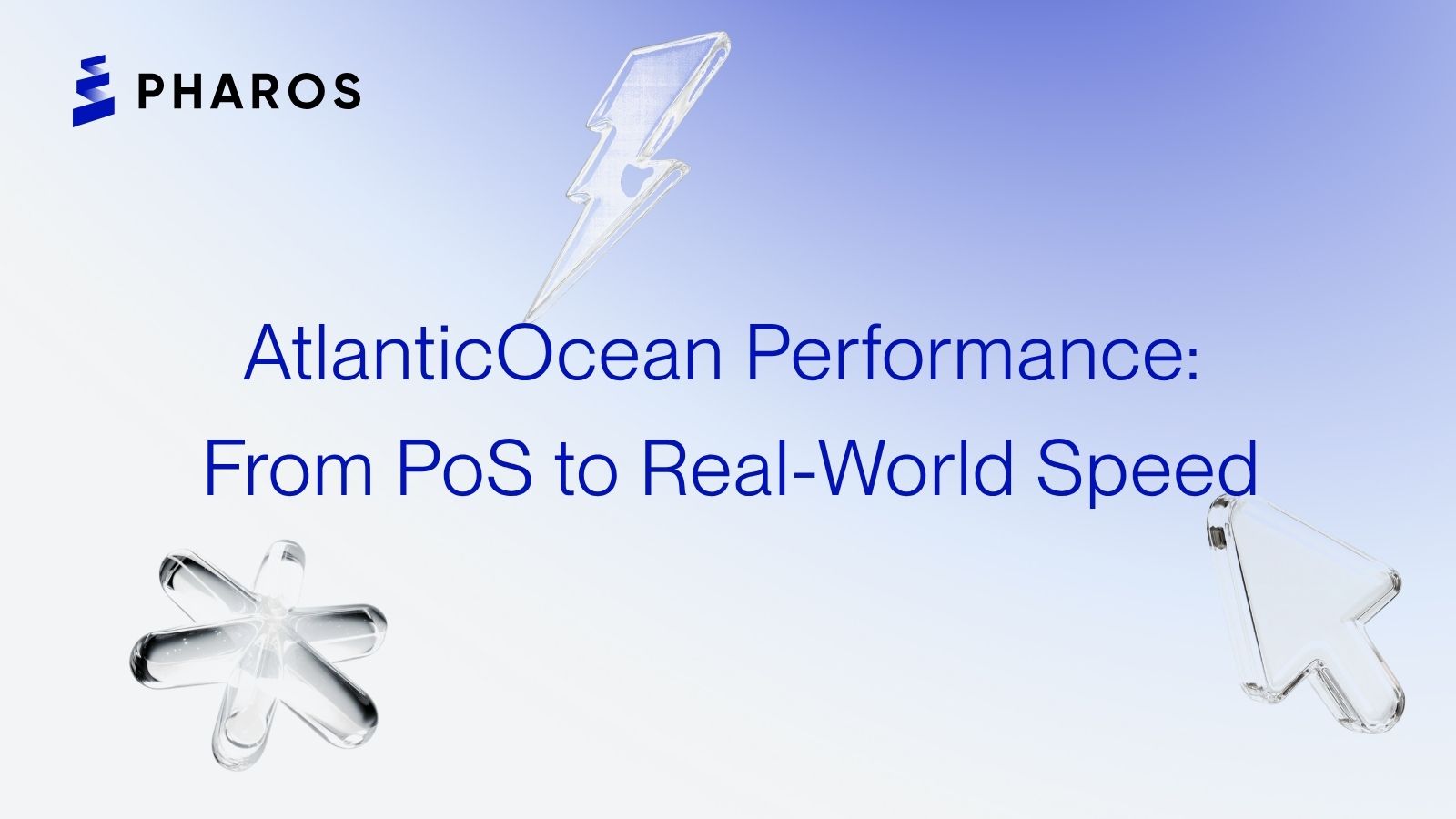
Performance means more than how many transactions a second the network can push. Performance is how fast users feel the chain respond, how quickly a wallet shows confirmation, how smoothly a validator stays in sync, and how easily the system scales without breaking.
AtlanticOcean is the phase where that promise starts becoming real. It’s where economics and engineering, the PoS model and the performance stack, begin to merge into one coherent experience.
Pharos runs on a Proof-of-Stake consensus. Validators stake their tokens to participate in block proposals and voting, securing the network while earning rewards that reflect both their commitment and efficiency.
Under the hood, the incentive model runs on two parallel tracks:
Meanwhile, the Base Fee (per EIP-1559) is fully burned — not just a gesture of scarcity, but an active pressure release that offsets inflation and internalizes network congestion costs.
At genesis, the system starts with an annualized inflation of 9.125%, which decays by 20% roughly every 60 days, eventually converging to a steady 1–2%. Over time, that curve builds a monetary equilibrium: validators are rewarded for uptime and efficiency, but the total supply stabilizes as the network matures.
The result is an economic loop that reinforces both security and sustainability. Every validator’s stake strengthens the network, every user transaction contributes to balancing supply, and every epoch moves the chain toward a healthier long-term state.
Pharos team has spent months considering what “speed” really means, not just to systems, but to user. The work has focused on three key layers: RPC responsiveness, true parallel execution, and state management at scale.
For users and developers, chain speed is first felt through RPC, like how quickly a transaction shows up, and how fast a query returns the latest state.
On AtlanticOcean, RPC isn’t treated as an external API anymore, it’s part of the core consensus infrastructure. Recent-block reads are served from a highly optimized, low-latency path designed for sub-second confirmation experience. This enhancement is evident in the Atlantic Testnet results, which showcase a hardened recent-block read path in RPC and storage, significantly improving sub-second confirmation UX under load.
This change means wallets, explorers, and bridges see transactions almost immediately after they’re included. The network doesn’t just finalize fast, but feels fast.
Parallelism on paper looks simple: more threads, higher throughput. But in real life, it’s the storage that kills your speed. Once read latency rises, even to a few milliseconds, threads stop executing and start waiting.
Pharos attacks this at the root:
So, when the block runs, most data is already hot in cache, and parallel threads can execute continuously instead of idling on I/O. This design brings execution behavior much closer to “in-memory” performance, even under real-world disk pressure. The AtlanticOcean Testnet achieved over 10,000 TPS in nodes globally distributed setup, with approximately 0.5 Ggas/s in aggregate gas throughput, demonstrating the effectiveness of these execution pipeline refinements.
Validators see higher consistency, and full nodes syncing later inherit those same warm access patterns, keeping them fast and efficient even when replaying history.
Every long-lived chain faces the same problem: data bloat. But pruning (deleting old state) can be brut
al if it interrupts live workloads.
AtlanticOcean solves this by treating pruning as a continuous background process rather than a blocking event. The system breaks pruning into micro-tasks and interleaves them during low-utilization windows. Foreground work, block production, RPC serving, state syncing, stays smooth, while the system quietly keeps itself lean. The efficiency of this approach is reflected in the Atlantic Testnet, where block sync efficiency improved by more than 2× compared to Pharos first Testnet, allowing an Archive Node to sync about 1 month of history in just 3-4 days.
On top of that, data schemas are being refined so each prune operation touches less data, causes less random I/O, and consumes fewer resources overall. In this way, a chain that keeps running at full speed even as it grows.
AtlanticOcean is about perceived speed, operational stability, and economic harmony.
Performance is not the finish line that Pharos is chasing. AtlanticOcean is just the beginning where interaction reinforces the network’s core principles of security, scalability, and sustainability. From here, Pharos builds a pathway from optimized code to an open, programmable economy.
